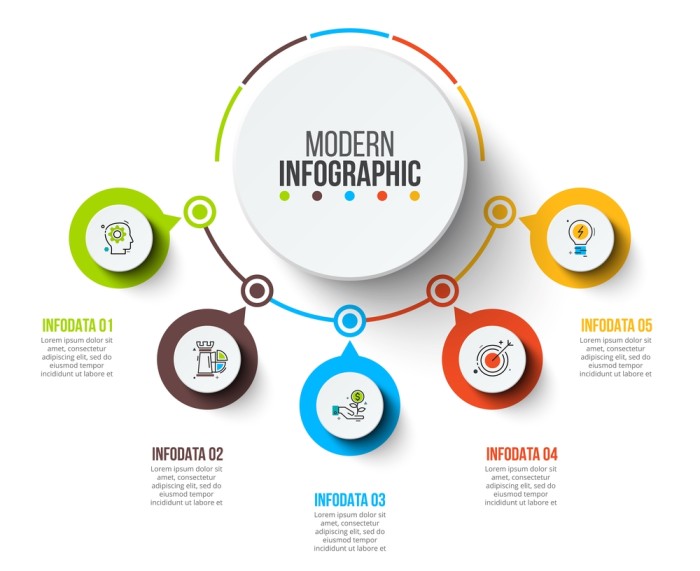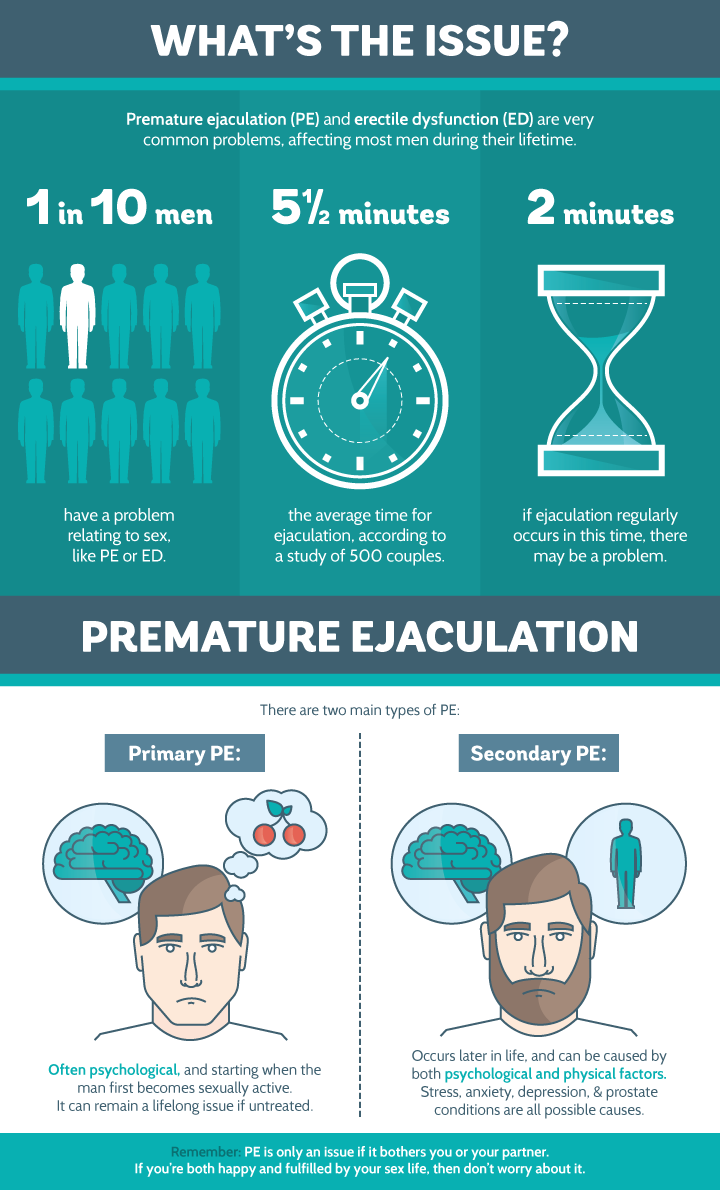
The ability of integrating the webgraphic to a website has immense benefit to conversion rates. Increase conversion rates and improve retargeting But once you get the viewer there, it opens the door to a world of possibilities in terms of converting the viewer to a customer. Because the webgraphic is embedded on a different webpage, the viewer has to leave the social platform in order to access the webgraphic. One minus that must be addressed is that webgraphics are less user-friendly on social networks than static infographics. It also includes a “share” banner at the top, which allows the webgraphic to be easily shared on social platforms (which then, of course, brings in more potential traffic). While this webgraphic provides interesting content, at the end it also links images to the parties who were involved in the creation of the webgraphic. Locating a webgraphic on your web site has one primary benefit: Anyone sharing your amazing content will be directed to your site. Later on, this can be beneficial in manipulating your visitors, converting them, and retargeting advertising to them later. The benefit of your visual content being embedded on your page is that viewers will be directed to your website. This is all in comparison to a static infographic, which is simply an image.Ī great example of using webgraphics to illustrate a point is the Daily Dose of Water webgraphic, which gives you helpful stats and lets you calculate your daily water use.
#Interactive infographic series#
By contrast, the narrative thread of interactive infographics can walk users through a series of steps, delivering information to help the viewer come to a conclusion.Īdditionally, because the webgraphic is coded straight onto the web, it has the bonus that it can contain links to outside sources for increased interaction, credibility, and usefulness. Infographics, in comparison to their interactive counterparts, help people focus their attention.

Not to mention the accessibility of interactive infographics on tablets, considering that mobile devices account for a growing segment of Web usage in the U.S. This is the result of responsive design, an increase in technical capabilities, browser improvements to accommodate hardware acceleration to better support animations, and the availability of more options at designers’ fingertips, courtesy of HTML5, CSS3, jQuery, and increased computing capacity.

Some might argue that the concept of the webgraphic was technically realizable many years ago, but they have really only surfaced in the past year. That means, instead of being a static image, it’s embedded in the web. Why webgraphic? Because an interactive infographic by definition must contain code. How about if we call it what it is: a “webgraphic.” That’s right, we’re coining a term. They include elements such as animations and clickable links, which increase the viewer’s engagement as well as the credibility of the infographic itself.īut the phrase “interactive infographic” is a hassle. This new interactive infographics differ from static infographics in that they let the viewer interact with them, discovering more on their own.

Over the past year we’ve seen visually stunning, animated, and interactive infographics pop up around the web. Props to him, because a year later we see that he was right. He wrote about the death of the traditional infographic well over a year ago, predicting that the future would lie in making infographics interactive. Ross Crooks, the creative director of Column Five, an agency, saw this coming. Now, infographics are being replaced with an even more visually appealing, effective, story-telling agent - the interactive infographic. MetaBeat will bring together thought leaders to give guidance on how metaverse technology will transform the way all industries communicate and do business on October 4 in San Francisco, CA.īut those days are over.


 0 kommentar(er)
0 kommentar(er)
